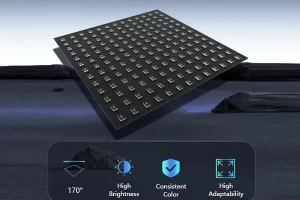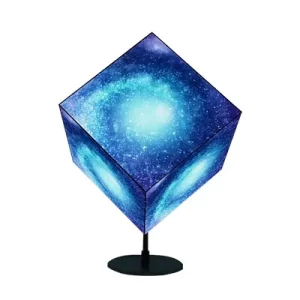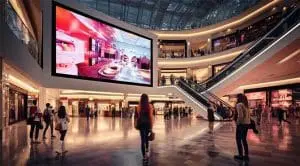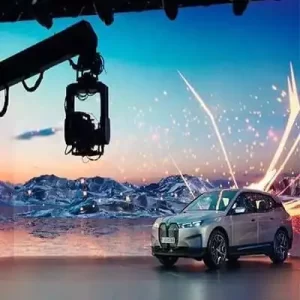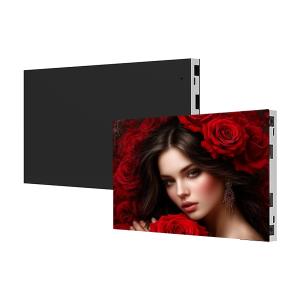
What is a Micro LED Display?
Micro LED screens are an innovative display technology that employs tiny light-emitting diodes (LEDs) to produce bright, high-resolution screens. Each pixel in a Micro LED display is made up of tiny LEDs that emit its own light, eliminating the need for a backlight. This self-illuminating property allows for deep black levels and high contrast, similar to OLED technology.
How Micro LED differs from other display technologies
Micro LED is an emerging display technology that stands out for its unique features and benefits compared to traditional display technologies such as LCD and OLEDs. Here’s how MicroLEDs compare to these technologies:
1. Micro LED & LCD (Liquid Crystal Display)
• Self-Illumination & Backlight:
Each pixel emits its own light without the need for a backlight. This allows for true blacks and better contrast.
Use a backlight to illuminate the pixels, which can lead to light leaks and less accurate blacks.
Brightness and efficiency:
Higher brightness levels and higher energy efficiency can be achieved due to direct light emission.
Typically the brightness is lower and less energy efficient because the backlight has to illuminate the entire screen.
Color accuracy:
Provides a wider color gamut and more vivid colors thanks to separate pixel control.
LCD: Color accuracy is often limited by the quality of the backlight and color filters.
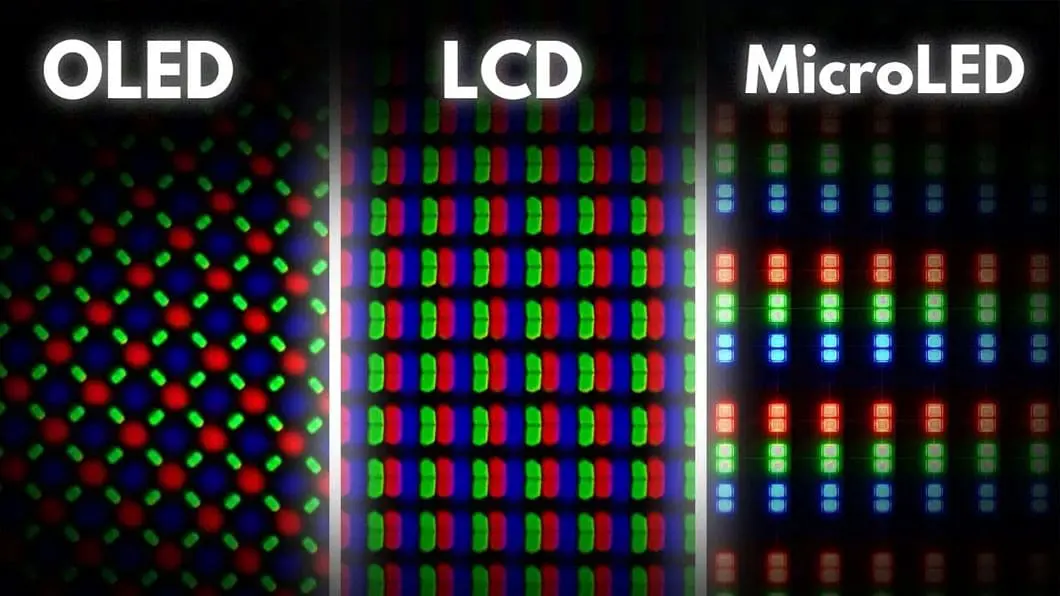
2. MicroLED and OLED (Organic Light-Emitting Diode)
Material Composition:
Inorganic materials are used, which is more stable and durable.
Organic compounds are used, which degrade over time and are more prone to aging.
Brightness and service life:
Higher brightness levels can be achieved, longer service life, and no risk of aging.
While OLED displays have excellent contrast and color, OLED displays can burn in and have a shorter lifespan compared to Micro LEDs.
Scalability:
Panels can be tiled together seamlessly, making them suitable for creating large, high-resolution displays.
While OLED panels are flexible and capable of being produced into a variety of shapes, it is often more challenging to scale up without compromising performance.
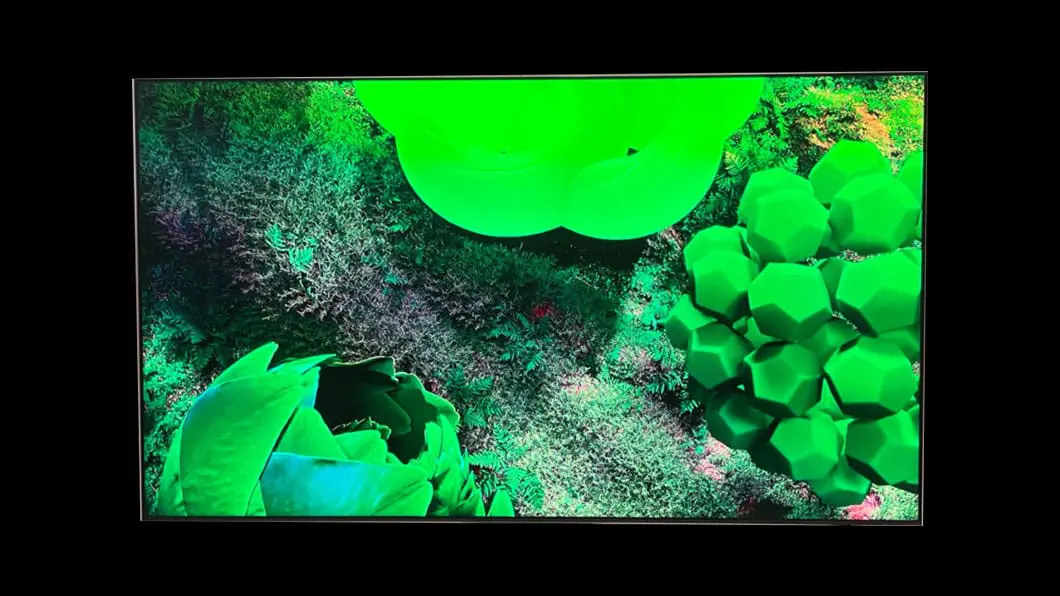
Superior Image Quality
Micro LED screen can achieve significantly higher brightness levels than traditional LED and OLED screens, while also being more energy-efficient. This makes them suitable for both indoor and outdoor applications.
Energy Efficiency and Longevity
Because each pixel is self-emissive, Micro LED screens are more energy-efficient, especially in applications requiring high brightness.
Benefits of Micro LED Screens
Is Micro LED better than OLED? The truth is, that Micro LED (µLED) displays are similar to OLEDs and thus have the same advantages, but instead of relying on organic material to emit light, they use robust inorganic materials such as InGaN and AlGaInP. These materials are already used in LED technology for ambient lighting and automotive applications. In theory, Micro LEDs offer additional benefits, including:
- Smaller pixel size
- Significantly brighter pixels
- Longer lifetime
- Greater environmental stability
- Higher energy efficiency
- Faster response times
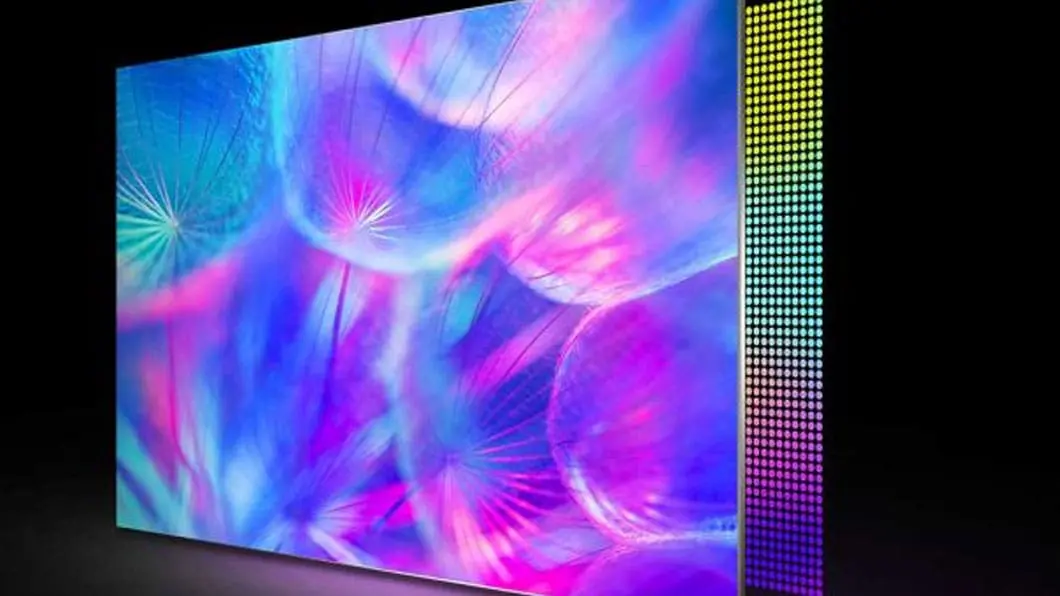
Displays intended for close-up viewing benefit from smaller pixel sizes, which provide the ultra-high pixel density needed for an immersive experience.
Micro LED market status and challenges
The Micro LED market is still at a very early stage. Some companies, including Sony, Samsung, LG and others are offering tiled ultra-large sized micro LED TVs – ultra premium devices.
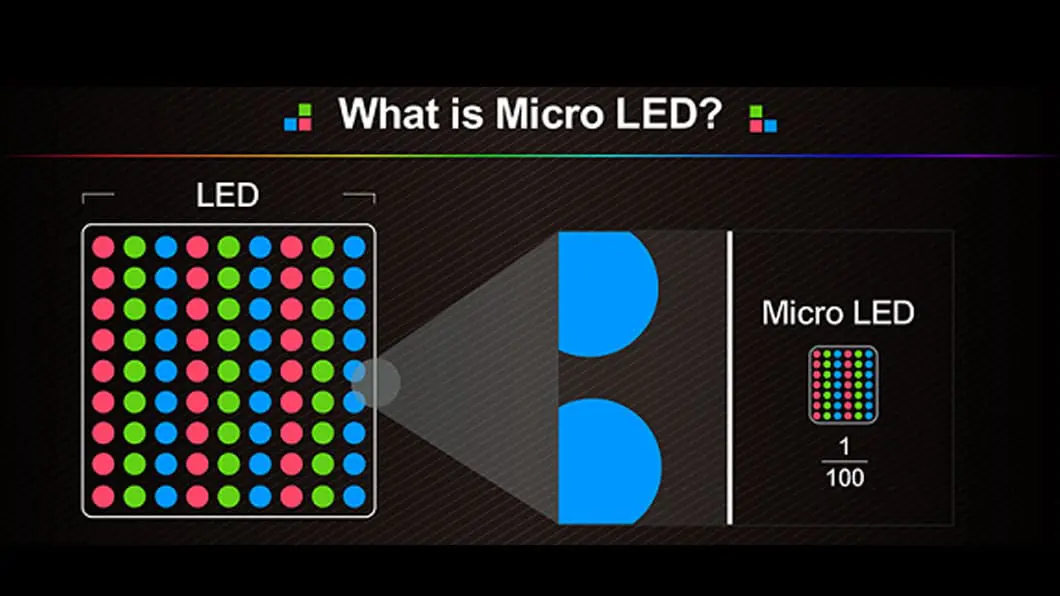
Some companies are also gearing up to produce micro LED microdisplays, and it seems likely that these will enter the market in the near future. There are dozens of companies that develop Micro LED technologies, components and processes and the future of the industry looks bright – although replacing OLED displays will be a challenge that could take many years.
Applications
- Consumer Electronics: High-end TVs, smartphones, smartwatches, and other personal devices benefit from Micro LED’s superior brightness, color accuracy, and energy efficiency.
- Professional Displays: Monitors and displays used in professional environments, including medical imaging, design, and video production, can leverage MicroLED for its color fidelity and durability.
- Public and Commercial Displays: Large-scale digital signage, advertising boards, and video walls in public spaces and commercial settings can utilize Micro LED for its scalability and high brightness.
- Automotive Displays: In-car entertainment systems and dashboard displays can benefit from Micro LED’s high visibility and durability.
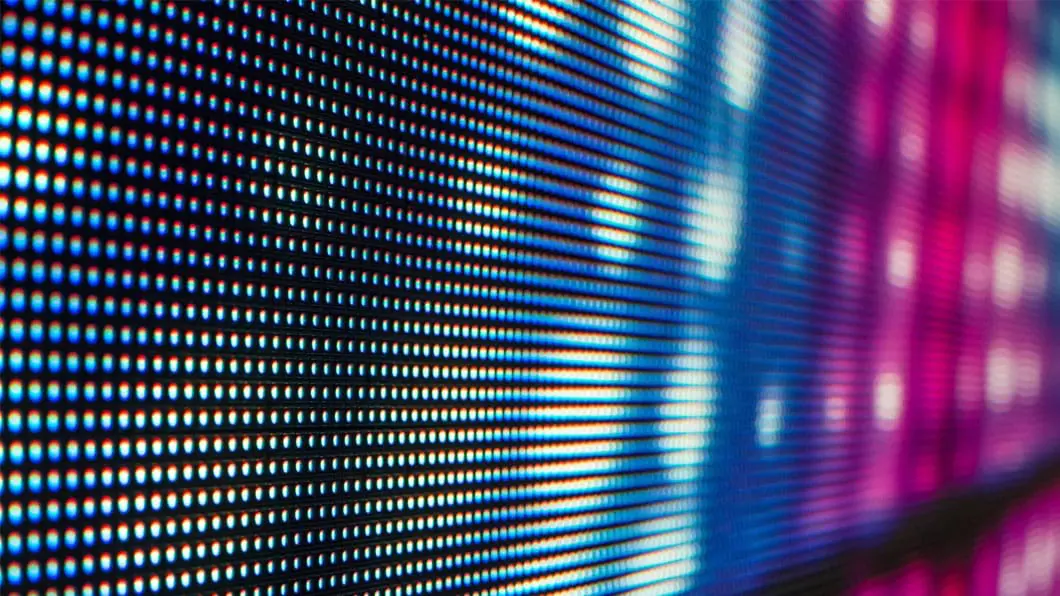
Modular
One benefit of Micro LED is that it’s easier to make different screen sizes and aspect ratios than with traditional LCD and OLED technologies.
Manufacturing Challenges and Technological Hurdles
Despite its impressive advantages, Micro LED displays still face several manufacturing challenges that have slowed mass-market adoption. The primary difficulties include:
-
Micro-LED Chip Transfer: Manufacturing requires transferring millions of microscopic LEDs onto a backplane with extreme precision. This process must be ultra-accurate and efficient to reduce defects and cost.
-
Yield and Uniformity: Ensuring consistent brightness and color across millions of pixels remains a challenge, especially for large displays.
-
Cost of Production: Currently, Micro LED panels are expensive to manufacture due to low yield rates and complex processes, so most companies target their products at the ultra-premium market segment.
With the maturation of Micro LED technology, researchers and manufacturers anticipate that breakthroughs in mass transfer, epitaxial growth, and automated assembly will enhance production efficiency and lower costs.
Micro LED vs Mini LED: What’s the Difference?
A common question is the difference between Micro LED and Mini LED, as both are newer display technologies.
| Feature | Micro LED | Mini LED |
|---|---|---|
| Pixel Structure | Self-emissive, each pixel emits light | Uses small LEDs behind an LCD panel |
| Backlight Required | No | Yes |
| Contrast Ratio | Extremely high | Improved over traditional LCDs |
| Brightness | Very high | High |
| Cost | Very high | More affordable |
While Mini LED is essentially a more advanced version of traditional backlit LCD, Micro LED is a next-generation self-emissive technology like OLED, but without the organic drawbacks.
Future of Micro LED Display Technology
The future of Micro LED displays looks promising, with ongoing investments from major tech giants such as Apple, Samsung, LG, and Sony. These companies are actively developing Micro LED for a wide range of applications beyond televisions, including:
-
Augmented Reality (AR) and Virtual Reality (VR): The compact size, brightness, and power efficiency of Micro LED displays make them ideal for AR/VR headsets.
-
Wearable Devices: Smartwatches and fitness bands can benefit from the longer battery life and enhanced brightness.
-
Medical and Industrial Equipment: Critical imaging devices require accurate color reproduction and long-term reliability, where Micro LED excels.
As production technology matures and costs decline, manufacturers are increasingly choosing Micro LED to replace OLED and LCD in applications requiring top-tier performance and longevity.










